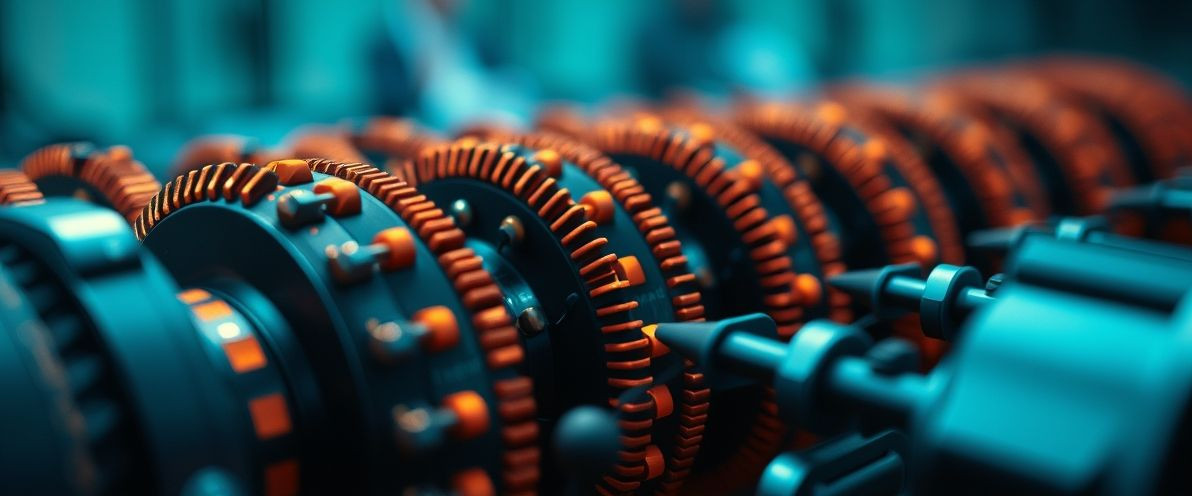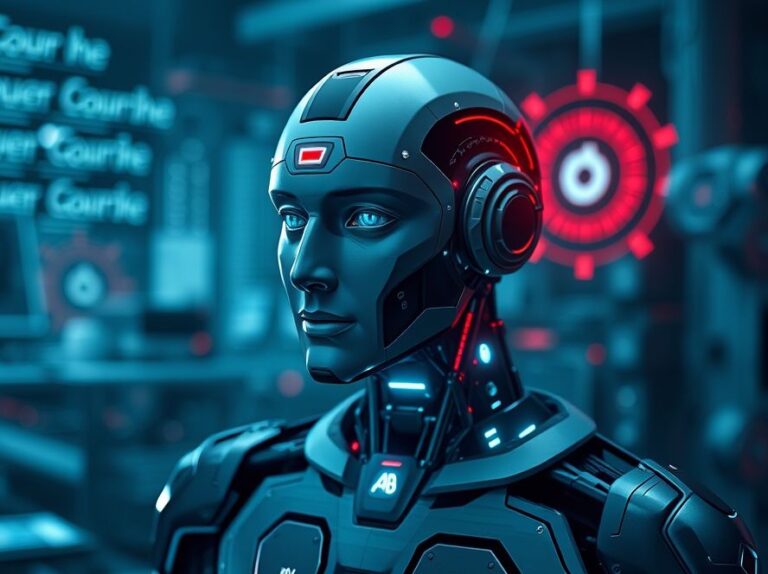Understanding Variational Autoencoders
Variational Autoencoders (VAEs) are a class of generative models that aim to learn the underlying distribution of data. They are particularly useful in tasks such as image generation, data imputation, and semi-supervised learning. This article delves into the intricacies of VAEs, exploring their architecture, applications, and practical uses.
What Are Variational Autoencoders?
At a high level, Variational Autoencoders combine principles from traditional autoencoders and Bayesian inference. An autoencoder is a neural network designed to learn efficient representations of data, often for the purpose of dimensionality reduction. In contrast, VAEs introduce a probabilistic twist by modeling the latent space with a distribution, typically a Gaussian. This allows VAEs to generate new data points that resemble the training data.
The Architecture of VAEs
The architecture of a VAE consists of two main components: the encoder and the decoder. The encoder compresses the input data into a latent representation, while the decoder reconstructs the data from this representation. The crucial difference in VAEs is that the encoder outputs parameters of a probability distribution rather than a fixed vector.
- Encoder: Transforms input data into a mean and variance, defining a Gaussian distribution.
- Latent Space: Represents the compressed data, allowing for sampling of new data points.
- Decoder: Reconstructs data from samples drawn from the latent space.
Key Features and Benefits of VAEs
The unique characteristics of Variational Autoencoders provide several advantages over traditional models:
- Generative Capabilities: VAEs can generate new, unseen data points similar to the training set.
- Continuous Latent Space: The smoothness of the latent space allows for interpolation between data points.
- Regularization: The probabilistic nature of VAEs helps to prevent overfitting.
Examples of Variational Autoencoders in Action
VAEs have numerous applications across various fields. Here are a few real-world examples:
- Image Generation: VAEs can create new images that are similar to a training set, useful in art and design.
- Data Imputation: VAEs can fill in missing values in datasets, improving the quality of data analysis.
- Text Generation: In natural language processing, VAEs can be used to generate coherent sentences based on learned representations.
How to Implement Variational Autoencoders
Implementing a VAE involves several steps, including data preprocessing, model architecture design, and training. Here’s a simplified approach:
- Data Preparation: Clean and normalize your dataset to enhance learning.
- Model Design: Define the encoder and decoder networks using frameworks like TensorFlow or PyTorch.
- Training: Use a suitable loss function, typically a combination of reconstruction loss and KL divergence, to train the model.
- Evaluation: Assess the model’s performance using metrics such as log-likelihood and visual inspection of generated samples.
Practical Applications of Variational Autoencoders
Here’s how VAEs can be applied in various domains:
- Healthcare: VAEs can analyze medical imaging data to identify abnormalities.
- Finance: They can generate synthetic financial data for stress testing models.
- Entertainment: VAEs can be used in video game design to create dynamic environments.
Related Concepts in Machine Learning
To fully grasp Variational Autoencoders, it’s helpful to understand related concepts:
- Autoencoders: The foundation of VAEs, focusing on data representation.
- Generative Adversarial Networks (GANs): Another class of generative models, often compared to VAEs.
- Bayesian Inference: The statistical method underpinning the probabilistic nature of VAEs.
Conclusion: The Future of Variational Autoencoders
Variational Autoencoders represent a significant advancement in generative modeling. Their ability to learn complex data distributions and generate new samples makes them invaluable across various industries. As machine learning continues to evolve, understanding and implementing VAEs will empower practitioners to harness their full potential.
Reflect on how you can apply Variational Autoencoders in your projects. Whether you’re a beginner or a seasoned professional, exploring this technology can lead to innovative solutions in your field.









